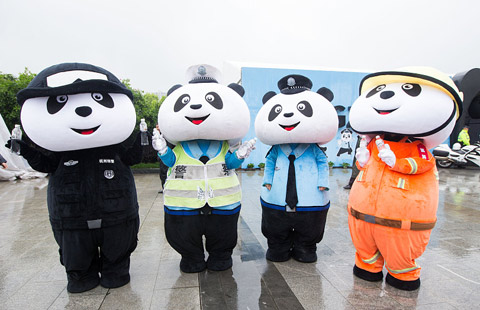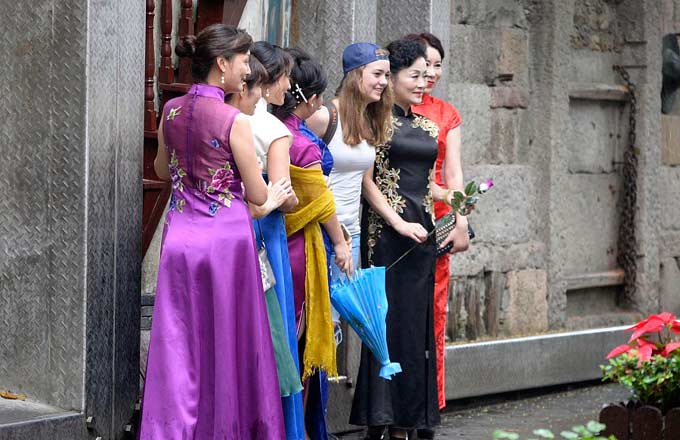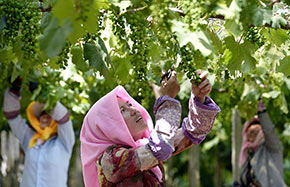Beijing holds hearing on taxi fares hike
(Xinhua) Updated: 2013-05-24 01:26BEIJING - Beijing held a public hearing on Thursday afternoon on plans to raise taxi fares in order to address cabbies' complaints over low income.
Twenty-three of the 25 representatives attending the hearing supported proposals to increase cab fares, with 21 of them supporting the two submitted plans to raise the base fare, waiting fee during traffic jams and booking fees of a taxi service.
Both of the plans proposed raising the base fare from 10 yuan ($1.6) to 13 yuan for the first 3 km. The plans also increased the costs of taking a taxi during traffic jams and the price of making a reservation.
Thirteen representatives supported the first plan, which lifted the rate per km after the first 3 km to 2.3 yuan from the current 2 yuan, while eight favored the second plan with a higher rate of 2.6 yuan per km.
Two representatives agreed to higher taxi fees but proposed their own plans.
The Beijing Municipal Commission of Development and Reform, the organizer of the hearing, earlier published plans for higher taxi fares with aims to improve drivers' income and appease mounting public complaints about poor service due to the cabbies' low morale.
The plans have triggered controversy for not axing the hefty monthly franchise fees drivers pay to taxi companies, which are believed to take away much of their income. Some cabbies also worry higher prices may result in fewer customers.
The commission said the increased incomes from the price hike will go in the hands of the drivers, and the companies will be banned from using the price rise as an excuse to raise the franchise fees.
The 25 representatives include 10 ordinary citizens, two legislators, three political advisors, three taxi drivers, three government officials, two from taxi companies and one from a social group. One representative was absent but submitted opinions, said the commission.
Beijing is home to 252 taxi operators and 1,157 individual cab drivers that collectively run 66,646 vehicles, carrying about 700 million passengers annually and accounting for 6.6 percent of the city's transport.
- Hyundai Motor picks CATL as first battery supplier in China
- China Pacific Insurance says Q1 net profits down 9%
- China Southern Airlines records huge profit decline in Q1
- Didi completes over $5.5b financing round
- China sees tourism boom during May Day hoiday
- China's major banks see slowing profit growth, falling bad loan rates in Q1
- Internet video market to hit $11.6b: Report
- Chinese smartphones among most popular in India for Q1: Report

















